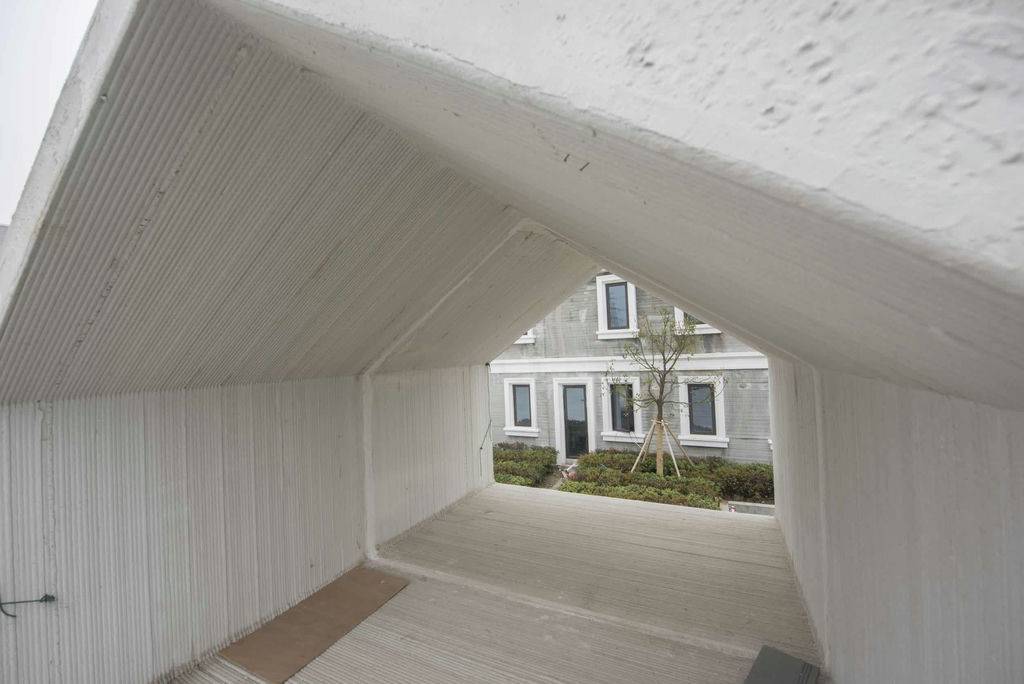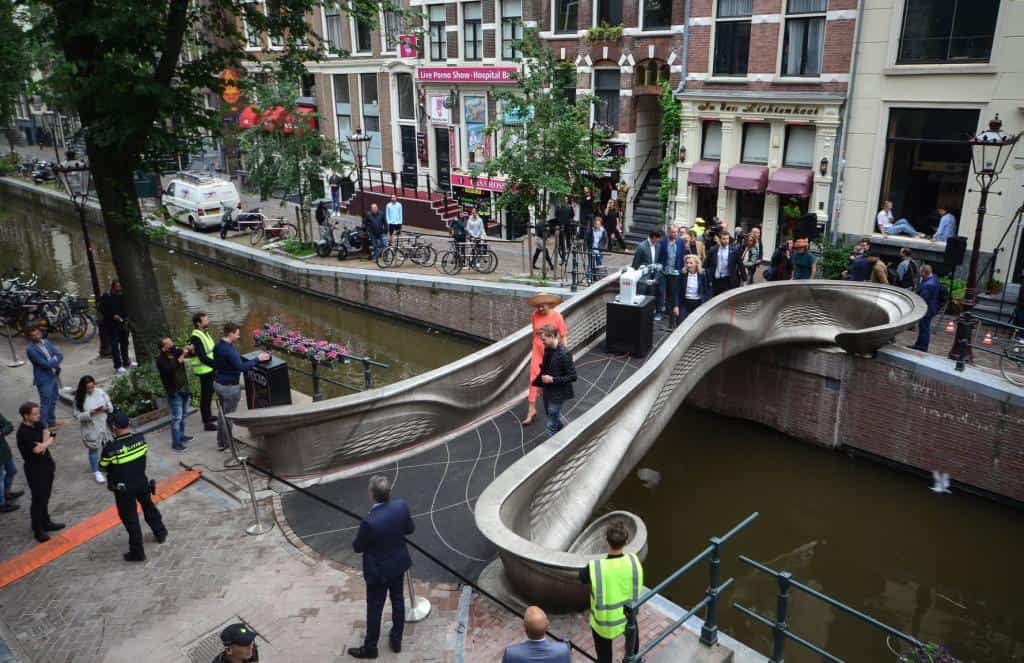Like in many verticals, a lot of progress has been achieved, in buildings’ construction technology, since the beginning of the (first) industrial revolution, through the 20th century and the beginning of the 21st century. Construction is one of the largest and most important verticals, that has a vast impact on how people live and how our planet and we will survive. Optimizing construction technology to different newly emerging constraints is imperative as if not, a disastrous situation will evolve.
It is self-evident, that as part of the required disruption in the construction industry, additive manufacturing will be considered as an immediate, as well as, most suitable discipline, to be adapted and applied, to put the industry on the right track to address the ever-growing construction industry challenges, such as attainable and affordable housing, Energy-efficient and environmentally friendly buildings, safer building process, shorter lead time, better functionality, innovative design etc.
You may have noticed that novel materials have not been mentioned in the list of challenges listed above. Please bear with me. You might also ask yourself, why is this guy enquiring about additive manufacturing for construction, while this is already on the move, and the train has already left the station. Here is what I do not get: connecting a concrete pump to a very large motion system that is connected to slicing software, is undoubtedly additive manufacturing, but does it really address the challenges listed above? Also, recently we saw the unveiling of a beautiful additively manufactured metal bridge over one of Amsterdam’s canals – no doubt, it is additive manufacturing for construction, but isn’t it just a bit postmodern?
So yes, we see some innovative design, but no disruption. Cars’ technology did not materially change from the late 19th century until recently. The debut of electric and soon autonomous cars is a disruption! No real comparable disruption occurred in the way buildings are being designed and built. Therefore, some challenges, such as novel designs may have been addressed by additively manufacturing of buildings, but more important ones remain unattended to. Concrete and metal are of the greatest carbon footprint generators.
Will the same building, built applying the same materials, but using additive manufacturing, be more affordable, let’s say, in Africa? Aren’t there better, cheaper, green, new materials we can use for the purpose of building, that are advantageous compared to still and concrete, and could also be deposited using additive manufacturing? Should we use additive manufacturing for direct printing in all cases, or should we sometimes consider additively manufacture moulds (also sacrificial moulds in some cases), and then use materials that cannot be deposited directly (even though a huge diameter nozzle of a concrete pump)?
An exception I am aware of is the efforts done at BASF to advance construction technology using novel materials. I assume there are also other similar efforts, but most is being written and published on what I see as missing the point.



